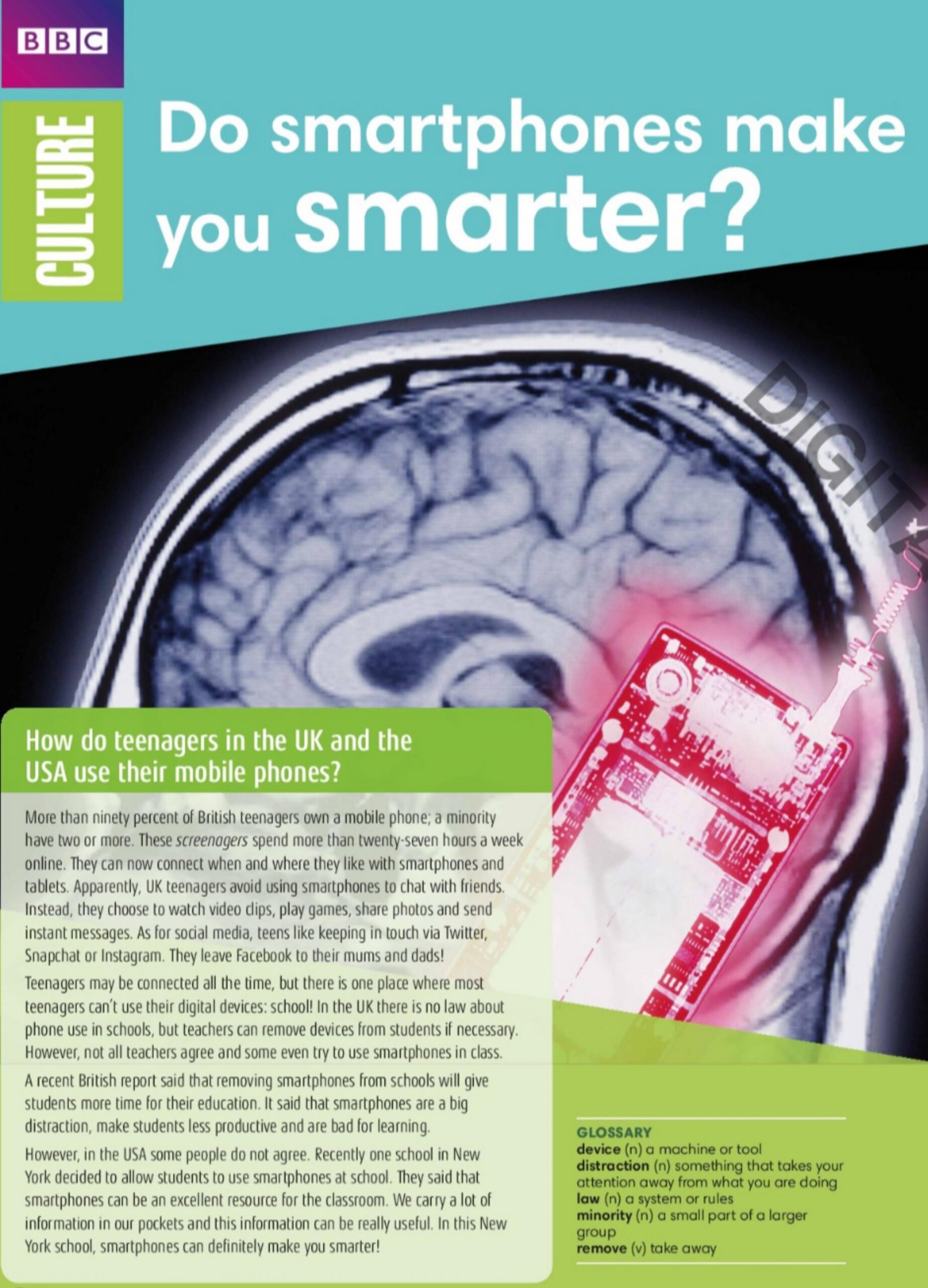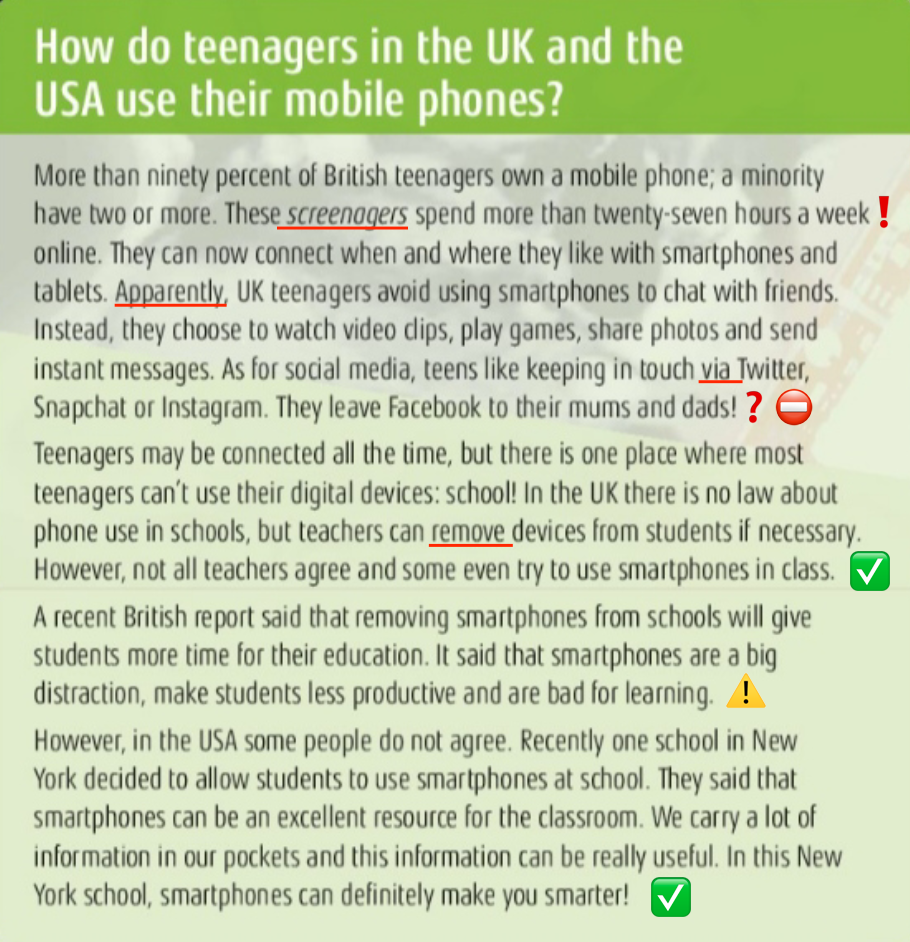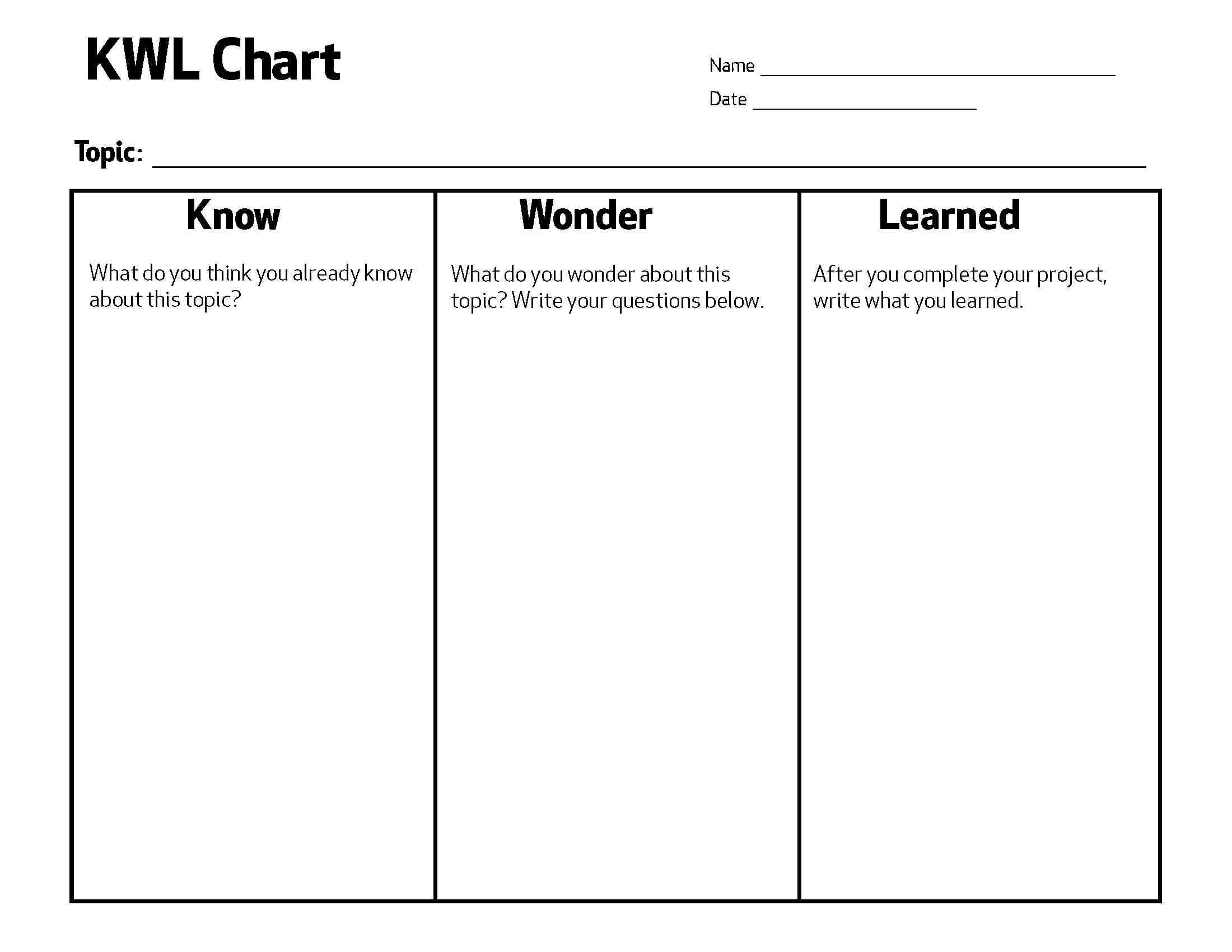As the new academic year begins, it is a great time to review your current teaching and reading strategies and discover something new. Below we are sharing some suggestions on how to alter the ways of teaching reading. Check it out!
Preparing the ground: KWT charts
The way students read in their native language and how they are taught to read in English obviously differ. Yet, students are still rarely asked about the main challenges they face when trying to read a text in a foreign language. No matter how well designed your teacher’s book and other supplementary materials are, they aren’t going to reflect the abilities of your students as well as you can.
What to try?
Use of KWT charts to have learners focus on their struggles rather than following the script or jumping straight to top-down reading schemes. Teachers have a great deal of insight into what is needed to be taught when they analyze the responses students leave in these charts. It is also important to note that not everyone is willing to share their knowledge gaps aloud, thus silencing them and preventing them from mastering reading skills.
For the first time, it may be challenging for students to articulate their own reading needs, so you can provide them with a list of possible issues to be distributed among the chart columns “K” and “W”:
- I know only some of the words given in the text.
- I know what scanning is, but I’m not sure what skimming is.
- I wonder how to read faster. I’m too slow now.
- I wonder how a text can be read without using a dictionary to clarify unknown words, etc.
After filling out the first two columns with their answers, students should submit their charts to the teacher for proper analysis. At this stage, we are leaving column «L» empty and will use it for post-reading.
As soon as the charts are analysed, the text for reading practice should be chosen. The key to success here is appropriacy. It is okay to go off course if student books do not contain engaging materials or if they are not satisfactory enough to spark one’s interest. We will go through some stages of the reading lesson together to demonstrate how the activities from the student’s book and the recommendations from the teacher’s book can be adjusted.
The material for reading is taken from the Wider World coursebook (Level 3).

Pre-reading stage: making connections to the topic
Here’s where students’ reading route starts, known as a lead-in stage. As the purpose of these activities is to get learners interested in the topic (and, ideally, easing the stress of further reading), they should bring the outside world into the classroom. The students can’t relate to the idea of any text if the real-world link isn’t found.
What to avoid while making connections to the topic?
The suggestion given in the teacher’s book is to let students use a glossary, find the words that cause difficulties and discuss their meaning in the context. Even though the latter offers a communicative takeaway after completing the mini-lexical research, this strategy is not effective, giving a student an unrealistic view of working with the text.
What to try?
There are several ways to alter the task so that the activity will reflect real-life issues. Firstly, the anticipation guide can help students grasp the ideas of the text and their attitudes to it. In other words, students could be given a list of statements about the topic, taken from the text itself or (which is more challenging) be listed as authentic headings from the media sources. The new task can look the following way:
Read each statement. Think if you agree or disagree with the statement. Share your view and write down any reasons for it.
- Teenagers risk not having enough skills to communicate in person.
- Teenagers tend to use social networks that are less popular among adults.
- A smartphone is still a big distraction for teenagers.
Students would benefit from the anticipation guide since, sometimes, it can be difficult for them to identify a connection between their experiences outside of class and classroom reading. A more comfortable way to start is to “build bridges” rather than just to let learners handle material on their own at first.
Reading stage: saying goodbye to round robin reading
In reading lessons, turning-taking oral activities are still common practice. The idea behind their popularity is that if students read aloud one after another or if they have been nominated to read aloud. It gives a sense of common work and comprehension to be achieved. That’s a huge misconception, and here’s why:
- Learners who are less proficient in reading would be stigmatized.
- The differences in language levels may lead to some reading too fast and others reading too slowly, leading to other problems with fluency and pronunciation.
Also, making students read aloud for the sake of lower TTT/higher STT is a no-no approach. Teachers often resist silent reading since they’re worried that their students won’t be able to cope with it. In fact, the pre-reading scaffolding provided by the KWT charts and anticipation guides allows them to achieve this quite easily.
Bringing silent reading back to life
Allowing students to read the text silently can reduce the cause for the teacher’s worry if they take notes and comment on it as they read. The first thing you can do is to agree on the annotations. You can find some ideas on marking in the table below:

Leaving the notes and comments will bring more benefits than we’ve supposed to think. The learners tend to not feel embarrassed when mispronouncing the words. In addition to which, they may prefer to complete a task alone as they struggle to understand the text when other people are reading it aloud.
Below you can see the example of annotating the piece of text:

Analyzing annotations provides valuable information about how silent reading comprehension differs, and the type of reflection each reader does while reading the text. Make sure your students know that their notes aren’t graded and serve only one purpose: to help them cope with reading, not to judge them.
P.S. The ongoing battle of extensive and intensive reading strategies
Read it out: Extensive reading VS Intensive reading
One of the reasons why students find reading activities less interesting is the existence of tasks to test their comprehension. The tasks usually consist of true/false/not stated statements, correct-the-statement tasks, or answering questions. There is nothing wrong with these activities from the teacher’s point of view, but from the reader’s perspective, they aren’t really interesting.
Why?
Real-life situations rarely require us to check if we get the idea right after reading news, articles, books, or other pieces of content. We just go down the page, quickly processing it and extracting the knowledge we need, automatically.
What can be done?
The answer to this question depends on how crucial it is for the teacher to assess readers and grade them. Exam reading, for sure, often involves teaching and constantly assessing students. But if your initial goal is to make students fall in love with the reading as it is or, at least foster their critical thinking skills, don’t rush into following the suggestions given in the student’s or teacher’s book. Once again, The KWT chart (currently the «L» column) presents a more valuable analysis. Technically, we can evaluate the answers, but in practice, they will not perceive it as a traditional grading.
What is the perfect way to practise classroom reading for you? Do you believe in traditional reading strategies or ready to alter them?







 Маргарита Аветисян
Маргарита Аветисян 
 Вероника Аветисян
Вероника Аветисян 


